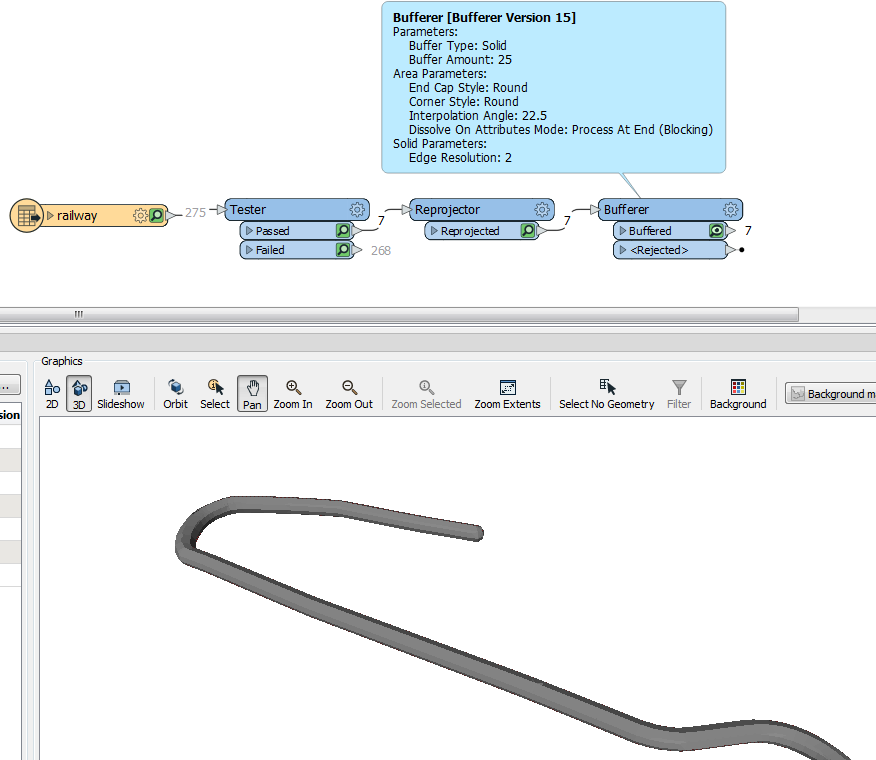Hello, I want to convert 2D pipeline(shapefile or Esri File Geodatabase) to 3D pipleline to put it into cesium,Do you have any idea?Thanks
Question
How to convert 2D pipeline (shapefile or Esri File Geodatabase) to 3D pipeline
This post is closed to further activity.
It may be an old question, an answered question, an implemented idea, or a notification-only post.
Please check post dates before relying on any information in a question or answer.
For follow-up or related questions, please post a new question or idea.
If there is a genuine update to be made, please contact us and request that the post is reopened.
It may be an old question, an answered question, an implemented idea, or a notification-only post.
Please check post dates before relying on any information in a question or answer.
For follow-up or related questions, please post a new question or idea.
If there is a genuine update to be made, please contact us and request that the post is reopened.










